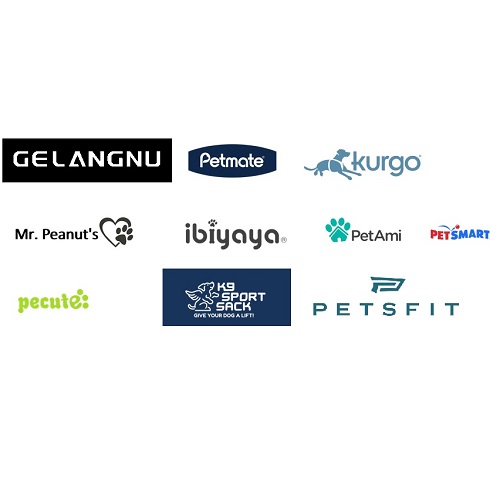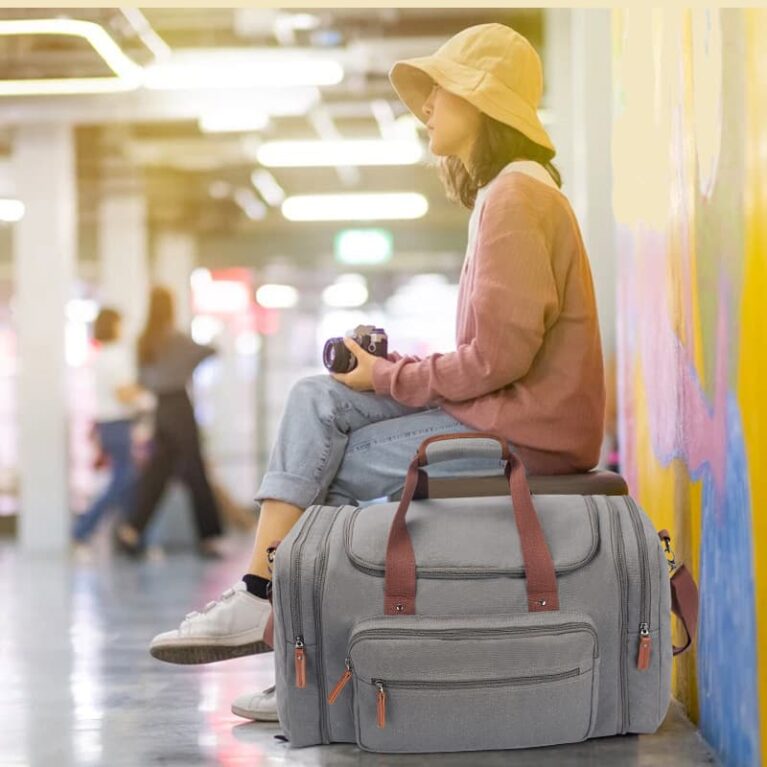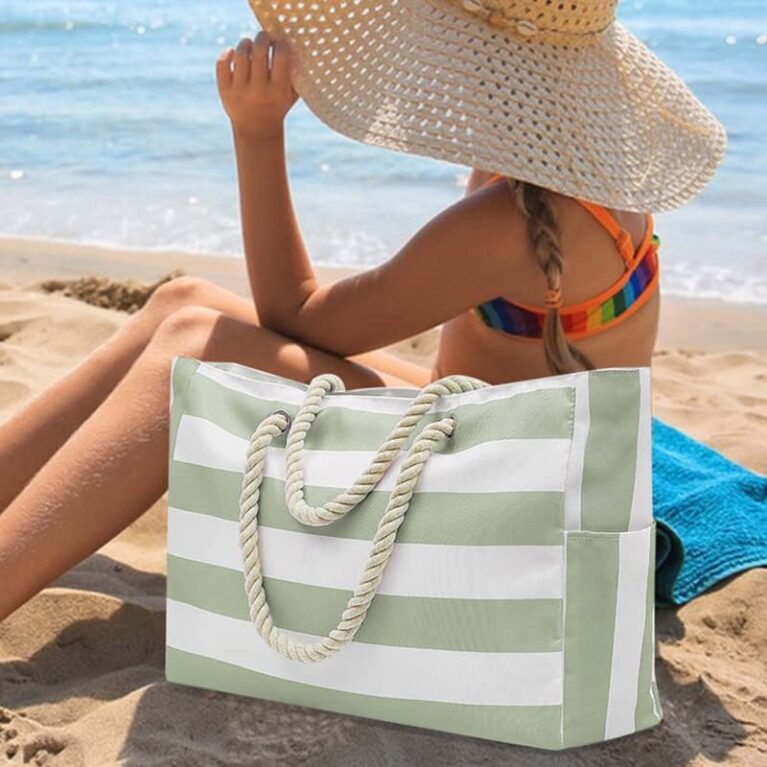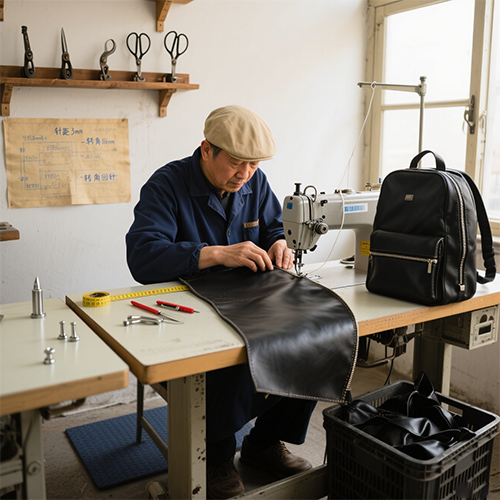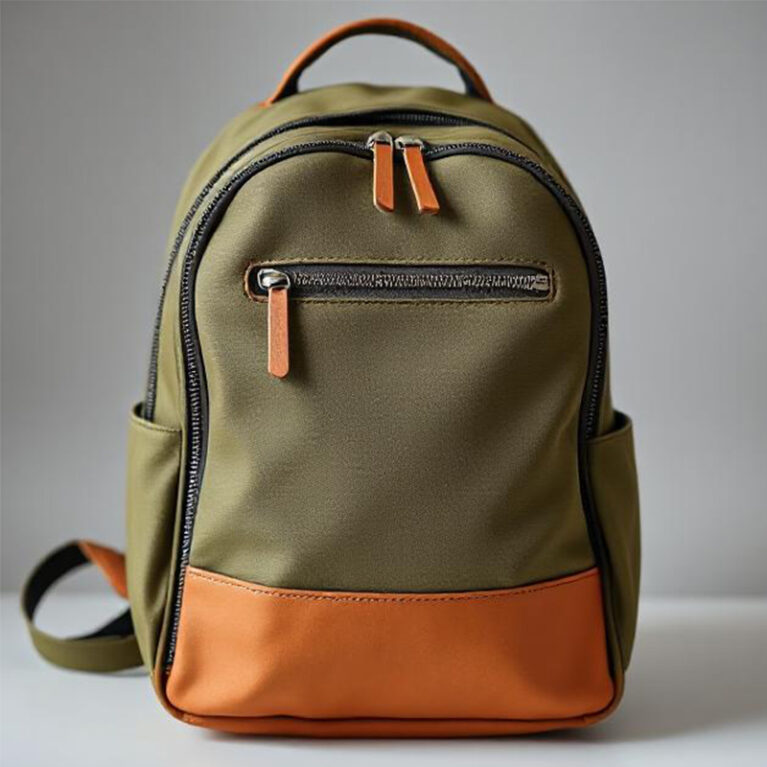1.Does The Bag Factory Offer OEM Or ODM Services?
Knowing whether a bag factory offers OEM (Original Equipment Manufacturer) or ODM (Original Design Manufacturer) services is crucial, as it directly impacts how your products are developed. If you already have your own designs and specifications, you will need a factory that offers OEM services to produce your customized products. If you don’t have designs but want to quickly launch your brand, ODM services are the ideal choice—they provide ready-made designs that you can customize to align with your brand.
Choosing a factory that offers the right services ensures a smoother production process, better alignment with your business goals, and reduced misunderstandings. It also reflects the factory's ability to handle different levels of customization and creativity.

3.What Is The Factory'sminimum Order Quantity (MOQ)?
It is important to understand a factory's minimum order quantity (MOQ) because it determines the minimum quantity you must order each time you produce. If the MOQ exceeds your budget or current needs, you may end up with excess inventory or wasted resources.
- Generally, the MOQ for bags varies depending on the material, complexity, and level of customization.
- For custom bags, the typical MOQ range is 300 to 1,000 pieces per style or color. Some factories may offer lower MOQs for simpler designs or trial orders.
4.Can The Factory Provide Samples Before Mass Production?
You should request samples from the factory before mass production to ensure that the products meet your expectations in terms of quality, design, dimensions, materials, and functionality.
Samples allow you to inspect the manufacturing process, test durability, and verify that the factory has correctly understood your specifications. This step helps identify errors or misunderstandings early on, preventing costly mistakes during mass production.
Receiving and approving samples also helps build mutual trust between you and the factory. It sets clear standards for the final product and serves as a reference for quality control.
Without samples, you may receive thousands of defective or non-conforming products, which could damage your business and reputation
5.What Materials And Components Does The Factory Commonly Use?
Familiarize yourself with the materials and components commonly used in factories because they directly impact the quality, durability, appearance, and cost of bags. Some factories use high-quality materials, such as Cordura® and YKK® zippers, while others use lower-grade materials to reduce costs.
Understanding these factors will help you select a factory that meets your product standards. It also ensures that the factory can source the necessary materials, especially if your design requires specific fabrics, buckles, linings, or zippers.
Being informed in advance can prevent production delays, communication issues, and quality problems. It can also help you assess whether the factory aligns with your brand's values.
Here is a table for the 5 main materials and components of a bag:
